A Guide to the Finest Books for the Visually Impaired
In the vast realm of literature, books serve as portals to different worlds, offering unique perspectives and experiences that enrich the mind and soul. For individuals with visual impairments, the power of storytelling becomes even more profound, as the literary landscape transforms into a realm of imagination and exploration. Recognizing the importance of accessibility and inclusivity, a myriad of books has been curated to cater specifically to the needs of the blind and visually impaired. This article seeks to illuminate the diverse and captivating literary treasures that empower individuals with visual challenges to embark on literary journeys with the same enthusiasm and depth as their sighted counterparts. From timeless classics to contemporary masterpieces, these books transcend the barriers of sight, inviting readers to immerse themselves in narratives that inspire, educate, and entertain. Join us on a journey through the literary landscapes crafted for the blind, where words become windows to uncharted territories, and stories serve as beacons of imagination for all.
Audiobooks services
First, let’s embark on an exploration of audiobook platforms tailored for individuals with visual impairments. These platforms play a pivotal role in ensuring that the joy of literature is accessible to everyone, regardless of their ability to see.
- Librivox Librivox offers a unique collection of audiobooks consisting of public domain works, read by volunteers from around the world. While not exclusively designed for the blind, its vast selection and free access make it an inclusive resource.
- National Library Service (NLS) for the Blind and Print Disabled NLS, a program by the Library of Congress, provides free audiobook and braille services to individuals with visual impairments, as well as physical disabilities preventing them from reading standard print. The service offers a broad spectrum of fiction and non-fiction titles.
- Bookshare Bookshare is an accessible online library offering a diverse range of audiobooks for individuals with print disabilities. It provides an extensive collection, including textbooks, allowing users to read in various formats based on their preferences.
- Audible Audible, an Amazon company, offers an extensive collection of audiobooks, including a dedicated selection for the visually impaired. Its user-friendly interface and comprehensive library make it a popular choice among readers with diverse needs.
- AudioBooks.com presents a subscription service akin to Audible, but with a unique twist. Unlike the traditional download approach, this platform provides the option to stream audiobooks, offering a Netflix-style experience for its users. The distinctive feature of seamless transition between devices, such as from a laptop to a smartphone, without losing your position enhances the overall user experience. Moreover, the streaming feature minimizes storage usage on your devices, simplifying content management and accessibility.
Best books for the blind
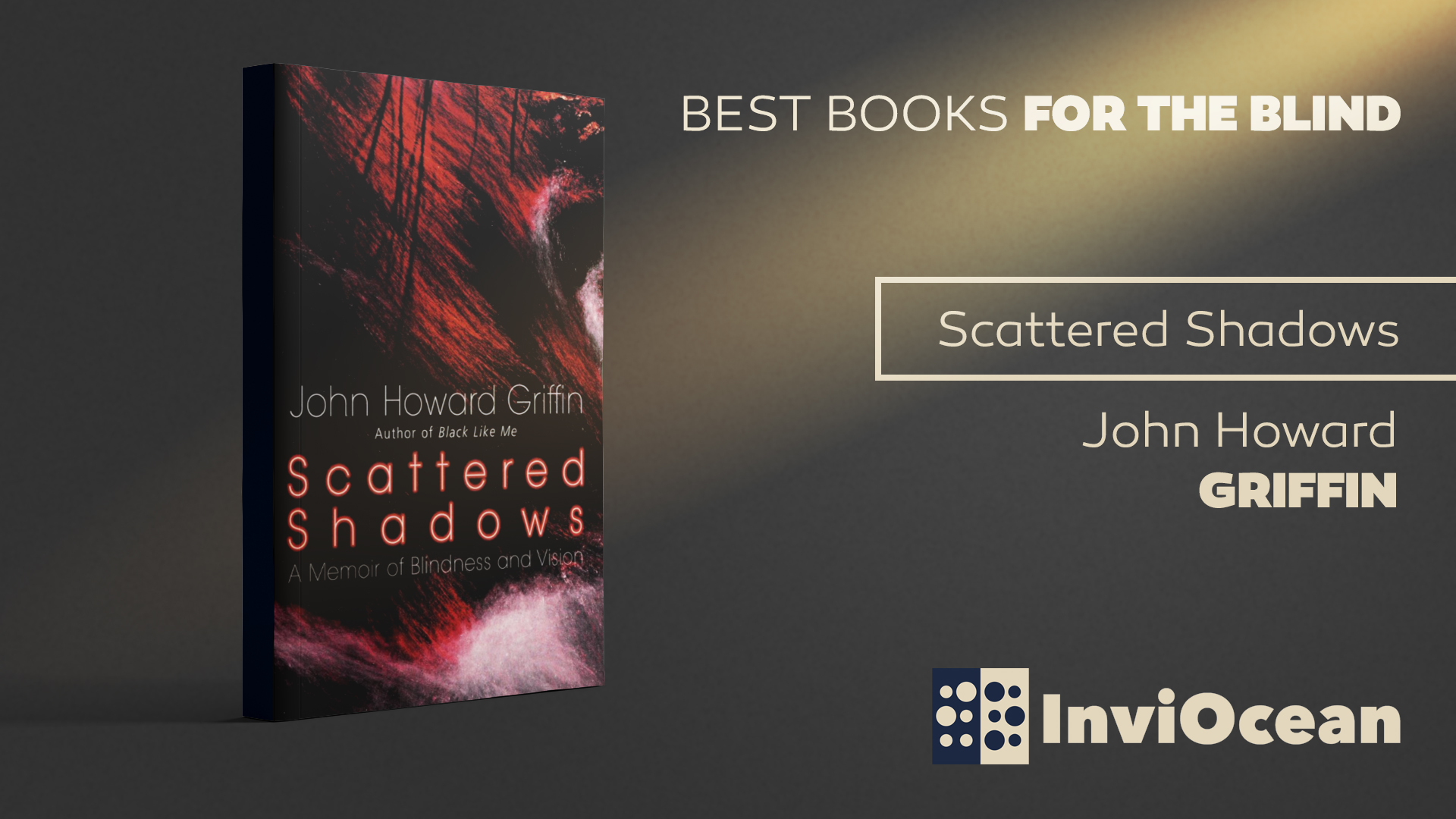
Scattered Shadows by John Howard Griffin
In this powerful chronicle by the author of “Black Like Me,” we witness the transformative journey of a man who, after losing and regaining his sight due to a WWII injury, emerges as a devout Catholic. At the heart of the narrative is Griffin’s transformation from a wandering soul, unable to focus on God or the room’s wallpaper, to a devout Catholic whose faith supplants the need for further proof. Amidst the emotional and physical challenges posed by legal blindness, Griffin navigates a myriad of roadblocks, sharing insights into how he raised livestock, fell in love, married, and penned the controversial novel “The Devil Rides Outside” in 1952. Within the pages, readers are invited to explore profound lessons, including the resilience of the human spirit, insights into living with blindness, the transformative power of spiritual growth and faith, the triumph over personal challenges, and the enduring strength found in perseverance.
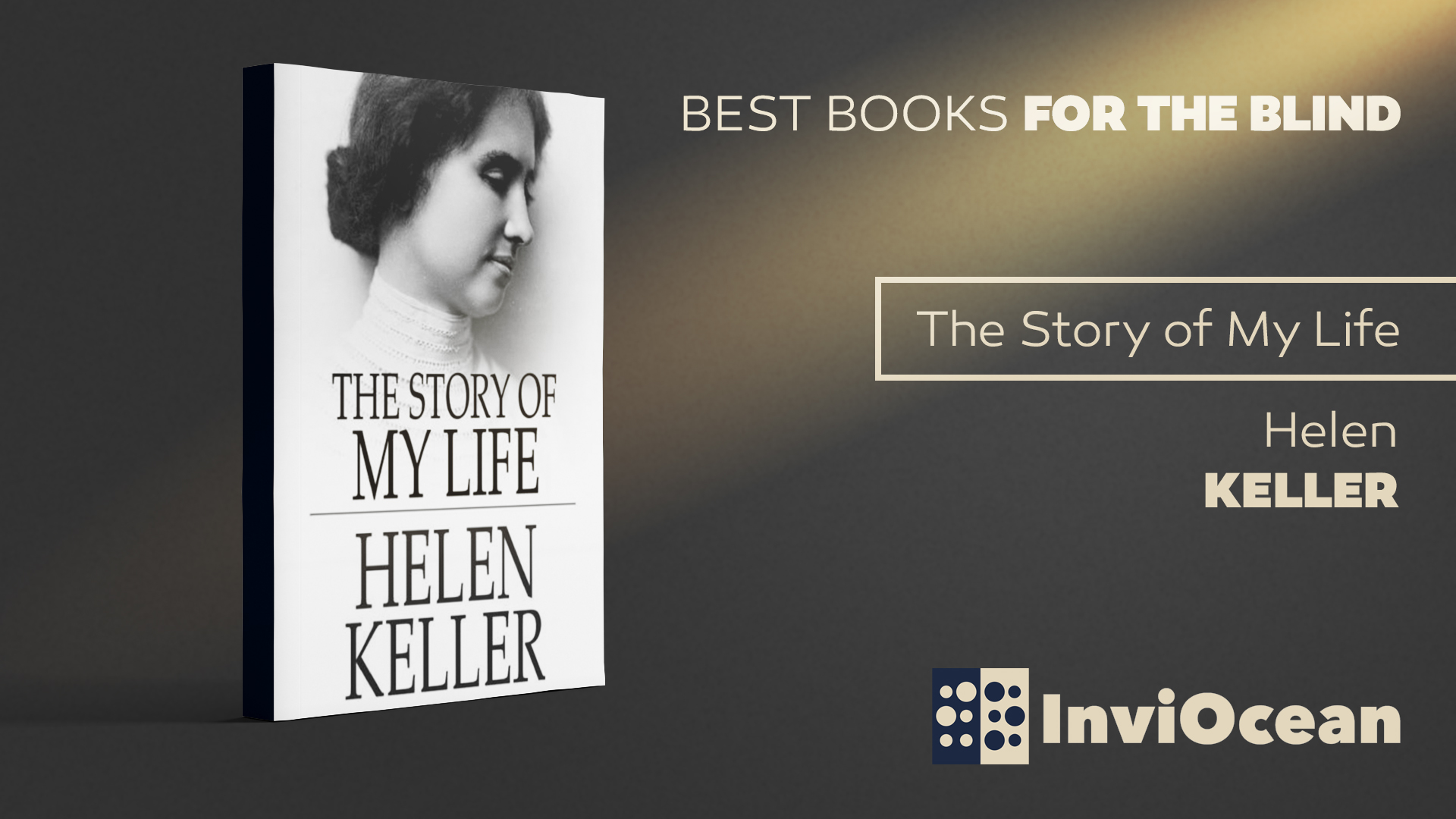
The Story of My Life by Hellen Keller
At 19 months old, Helen Keller (1880–1968) faced a severe illness that robbed her of sight, hearing, and speech. Through unwavering determination and with the guidance of her dedicated teacher, Anne Sullivan, Keller’s inspiring journey unfolds as a testament to human courage. In her timeless autobiography, first published in 1903, Keller recounts the initial 22 years of her life. The narrative captures the pivotal moment at the water pump when she grasped the connection between the word “water” and the cool liquid on her hand, realizing the existence of names for objects. The autobiography delves into her remarkable journey, from the triumph of learning to speak to her influential friendships with figures like Oliver Wendell Holmes and Edward Everett Hale. Keller’s academic success at Radcliffe, where she graduated cum laude, is highlighted, but the narrative’s core remains her extraordinary bond with Miss Sullivan—a testament to the profound communication between a gifted teacher and an eager, quick-to-learn pupil.

Fearlessly Different: An Autistic Actor’s Journey to Broadway’s Biggest Stage by Mickey Rowe
Meet Mickey Rowe—an accomplished actor, theatre director, father, and husband, with a unique story to share. Despite being a man with autism, Mickey has seamlessly integrated these diverse aspects of his identity. Growing up, he faced discouragement, being told that mainstream society wasn’t a place for him. Classmates and colleagues excluded him, theatre directors infantilized him, and employment opportunities were limited—all due to his autism.
In “Fearlessly Different: An Autistic Actor’s Journey to Broadway’s Biggest Stage,” Mickey Rowe recounts his journey, transcending the confines of a special education classroom to illuminate Broadway. As someone both autistic and legally blind, navigating a world primarily designed for non-disabled individuals presented numerous challenges. Despite societal expectations, Mickey defied the odds. He became the first autistic actor to claim the lead role in “The Curious Incident of the Dog in the Night-Time,” earned the title role in “Amadeus,” co-founded Arts on the Waterfront, and established the National Disability Theatre.
Mickey’s story, filled with triumph over adversity, challenges the notion that those with autism are locked out of the world. “Fearlessly Different” serves as a guide to the world of autism, fostering understanding for both those on the spectrum and those who are not. Ultimately, Mickey Rowe’s narrative emphasizes that our differences are often our greatest strengths, a lesson that resonates universally.
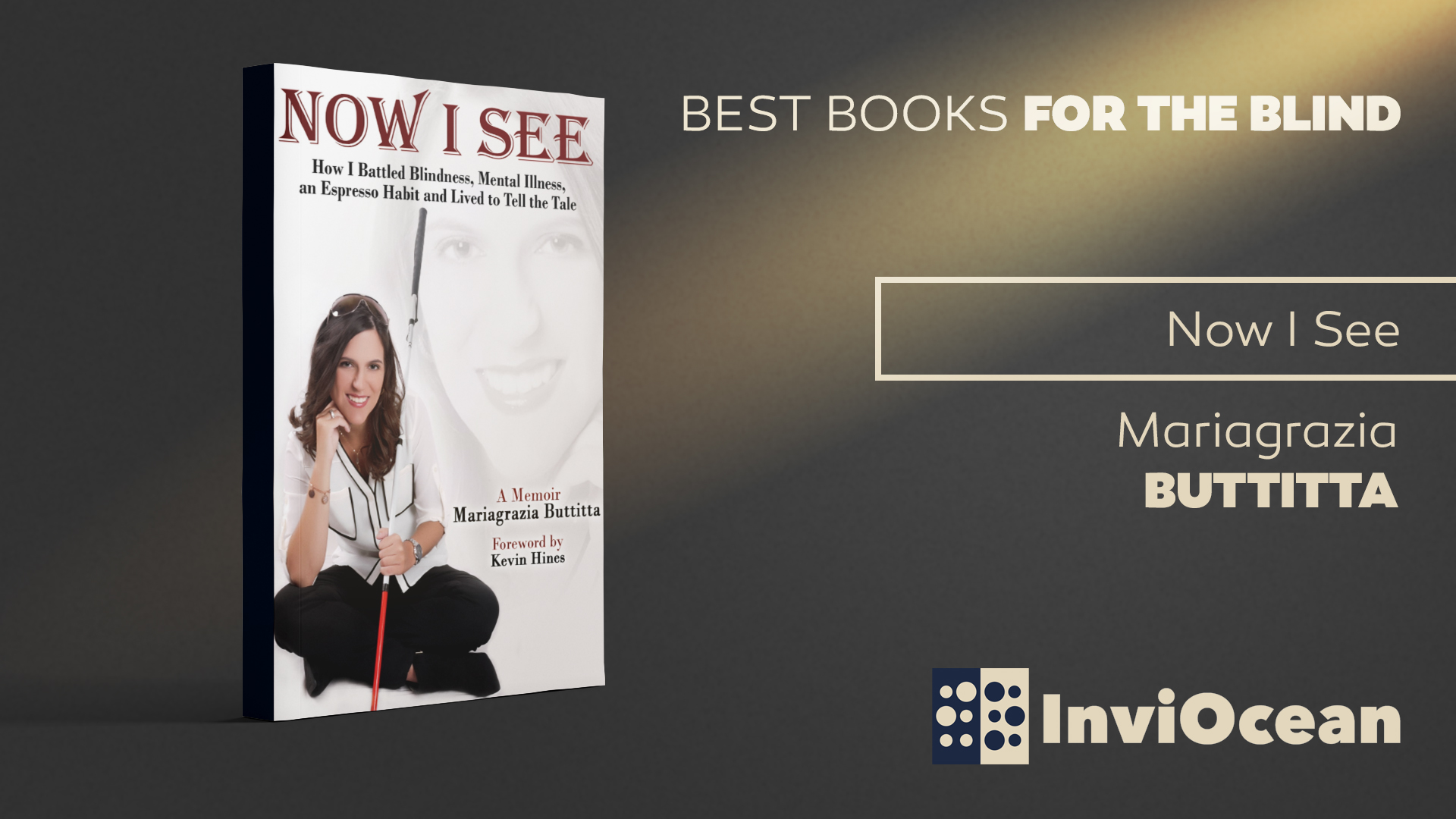
Now I See: How I Battled Blindness, Mental Illness, an Espresso Habit and Lived to Tell the Tale by Mariagrazia Buttitta
By the age of twenty-six, Mariagrazia Buttitta, a native Sicilian, had meticulously crafted the blueprint for her perfect life. Her journey included completing her residency at Buongiorno Medical School, securing a prestigious position at Roma Hospital, and ultimately achieving her dream of becoming an Italian Dr. Oz. Envisioning the perfect life also involved a handsome prince, gracing the pages of Italian People Magazine as one of the country’s “Most Beautiful Couples.”
However, life had other plans for Mariagrazia. Instead of stepping into the anticipated future, she wakes up to a shocking medical diagnosis that shatters her vision, leaving her nearly blind. Frustration and desperation prompt her family to seek medical assistance in the United States, but the solution comes at a steep cost.
In Mariagrazia’s tumultuous journey, she confronts bullies, an obsessive lover, and her two formidable foes: anxiety and depression. Tormented by her own thoughts, she teeters on the edge of life and death, contemplating a tragic end. As a final lifeline, she turns to a childhood diary filled with poems and creative writing, using it to rediscover herself and reclaim the will to live before it slips away.
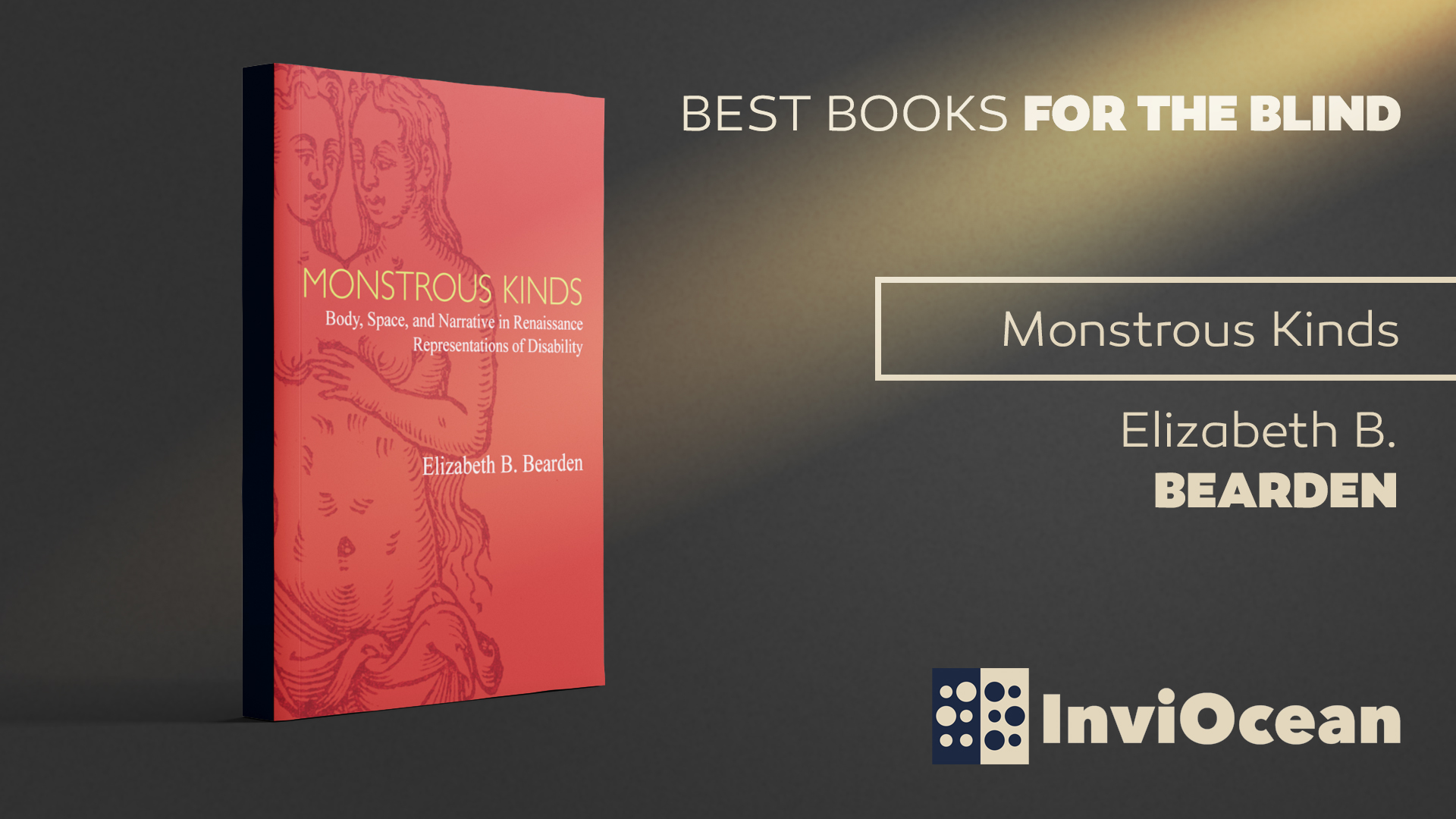
Monstrous Kinds: Body, Space, and Narrative in Renaissance Representations of Disability by Elizabeth B. Bearden
“Monstrous Kinds” stands as a pioneering work, delving into the textual depictions of disability during the global Renaissance. Elizabeth B. Bearden argues that exploring monstrosity, as an antecedent to contemporary disability concepts, enriches our understanding of how disability is imbued with meaning. By unraveling how early modern writers approached disability, the book not only offers more precise disability genealogies but also adds nuance to current aesthetic and theoretical perspectives on disability.
This comprehensive analysis traverses the cultural dimensions of early modern disability across diverse nations and time periods. Bearden scrutinizes the specific bodily, spatial, and aesthetic systems that shaped literary representations of disability during this era. The comparative examination includes a broad range of texts, from conduct books and treatises to travel writing and wonder books, fostering a dialogue between canonical European authors like Castiglione and the literary exchange between transatlantic and Anglo-Ottoman realms. Bearden challenges overarching narratives that depict a linear progression of disability from supernatural marvel to medical specimen, proposing instead that these categories coexist and intersect.
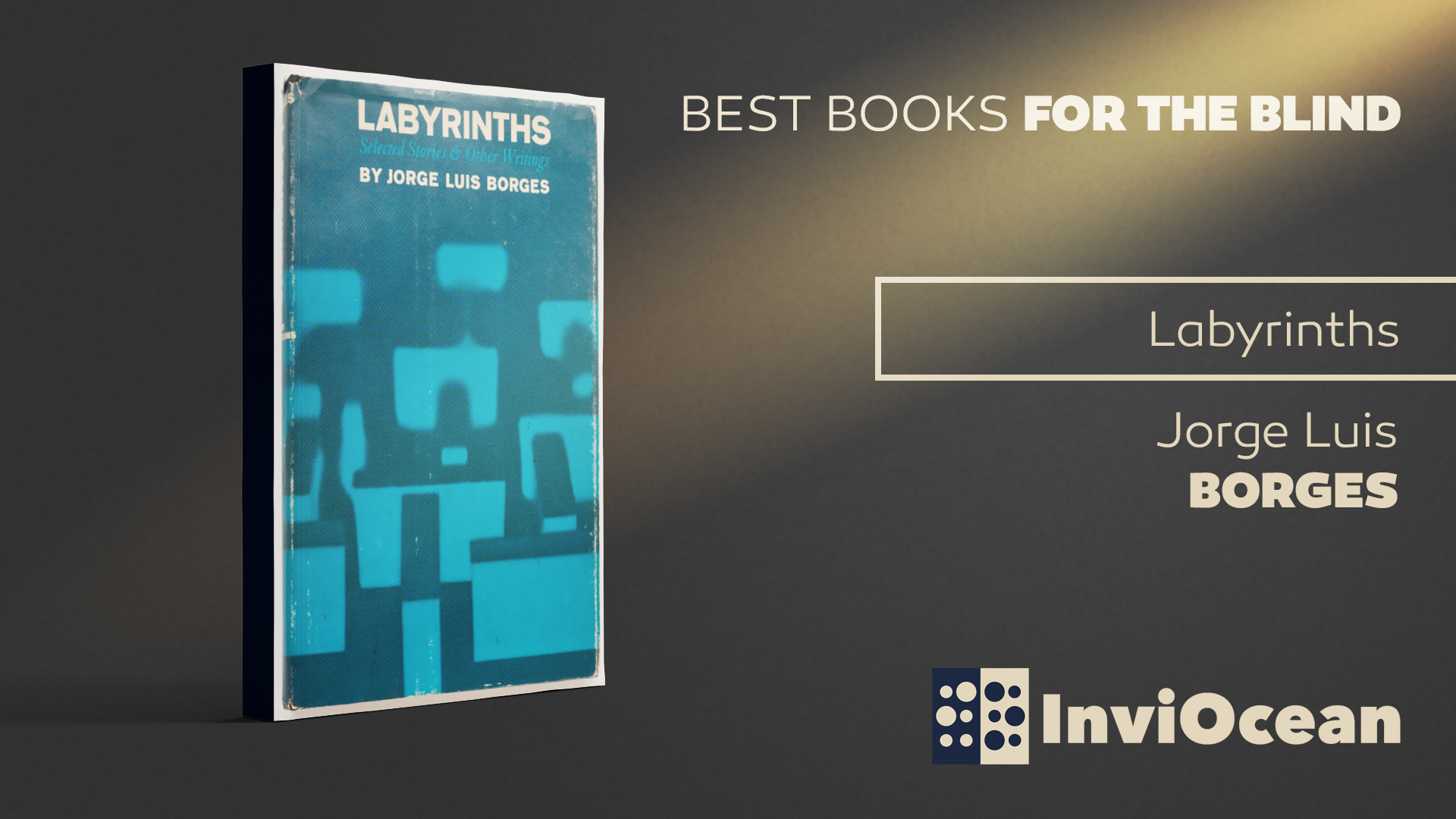
Labyrinths: Selected Stories & Other Writings by Jorge Luis Borges
Though Jorge Luis Borges of Argentina confined his literary contributions to the short story, essay, and poetry, his impact resonates worldwide, marking him as a distinctive and influential figure in modern literature. Andre Maurois, in the preface, hails Borges as a great writer, emphasizing the profound intelligence, inventive richness, and almost mathematical precision found in his limited yet compelling essays and short narratives.
“Labyrinths” serves as a representative compilation of Borges’ work, featuring around forty pieces selected from various books published throughout his career. Translated by Harriet de Onis, Anthony Kerrigan, and others, including the editors, the collection not only showcases Borges’ literary prowess but also offers readers a comprehensive introduction with biographical and critical insights, accompanied by an extensive bibliography.
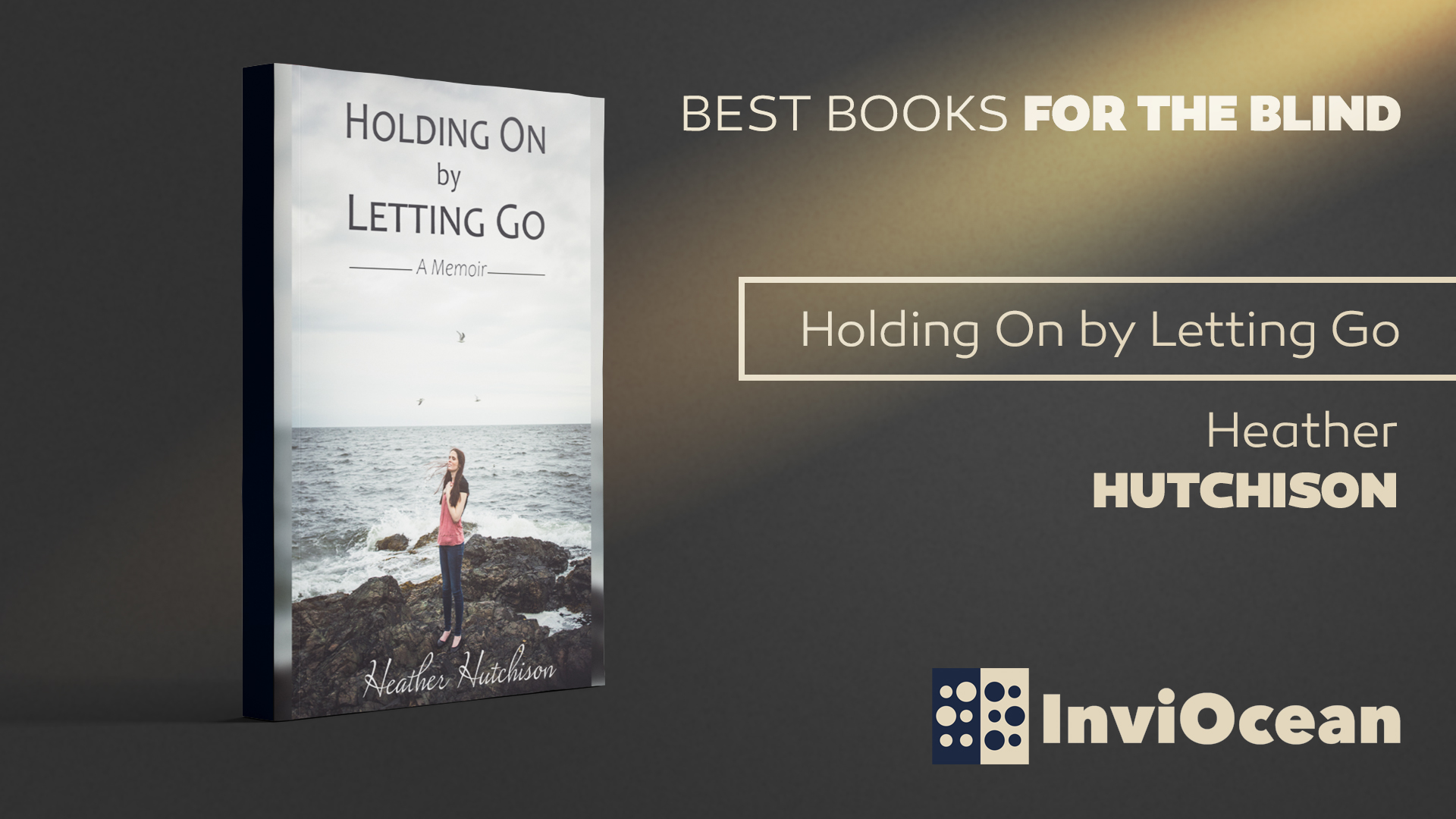
Holding On by Letting Go by Heather Hutchison
Born blind and once a spirited child with grand aspirations, now confined to a psychiatric facility amid a global pandemic, this memoir unfolds across decades and continents. In the midst of challenging circumstances, Heather Hutchison shares a story that transcends borders, illustrating the beautiful similarities that unite us all. From forming unexpected alliances in the gritty streets of impoverished Latin American neighborhoods to confronting harsh realities of discrimination in her native Canada, Hutchison provides poignant insights into mental health awareness. Her narrative reflects on the pursuit of an ordinary life while being perceived as anything but ordinary.
“Holding On by Letting Go” is a memoir that balances heartbreakingly honest revelations with striking wit, recounting the unforgettable journey of a woman navigating despair toward acceptance and hope. It stands as a portrayal of the resilience found in the darkest times, emphasizing the enduring presence of light.
In conclusion, the diverse world of literature has opened its arms wide to embrace individuals with visual impairments. From Braille books and audiobooks to large print editions and accessible electronic texts, the best books for the blind offer a wealth of opportunities for immersive reading experiences. Beyond mere entertainment, these literary treasures serve as powerful tools for education, personal growth, and cultural enrichment.
Themes of resilience, insights into living with blindness, spiritual growth, overcoming challenges, and the strength of perseverance reverberate through these narratives. This inclusivity in literature not only enriches the reading experience for those with visual impairments but also contributes to a more empathetic and understanding society.
Presently, the National Library Service’s Braille and Audio Reading Download (BARD) system facilitates the downloading of digital books for the blind and visually impaired. This system supports access to digital books on desktop computers and certain mobile devices.
Braille, a tactile system of raised dots, is utilized by blind or low-vision individuals, allowing them to read with their fingers. While those without visual impairments typically read braille visually, individuals with visual impairments read it tactually.
JAWS, Zoomtext, Window Eyes, VoiceOver, and NVDA stand out as some of the most widely used assistive technologies for the visually impaired. Among these, screen readers, such as JAWS and VoiceOver, play a crucial role in aiding users to navigate computer systems, read and write files, browse the internet, search databases, and operate various software applications.
